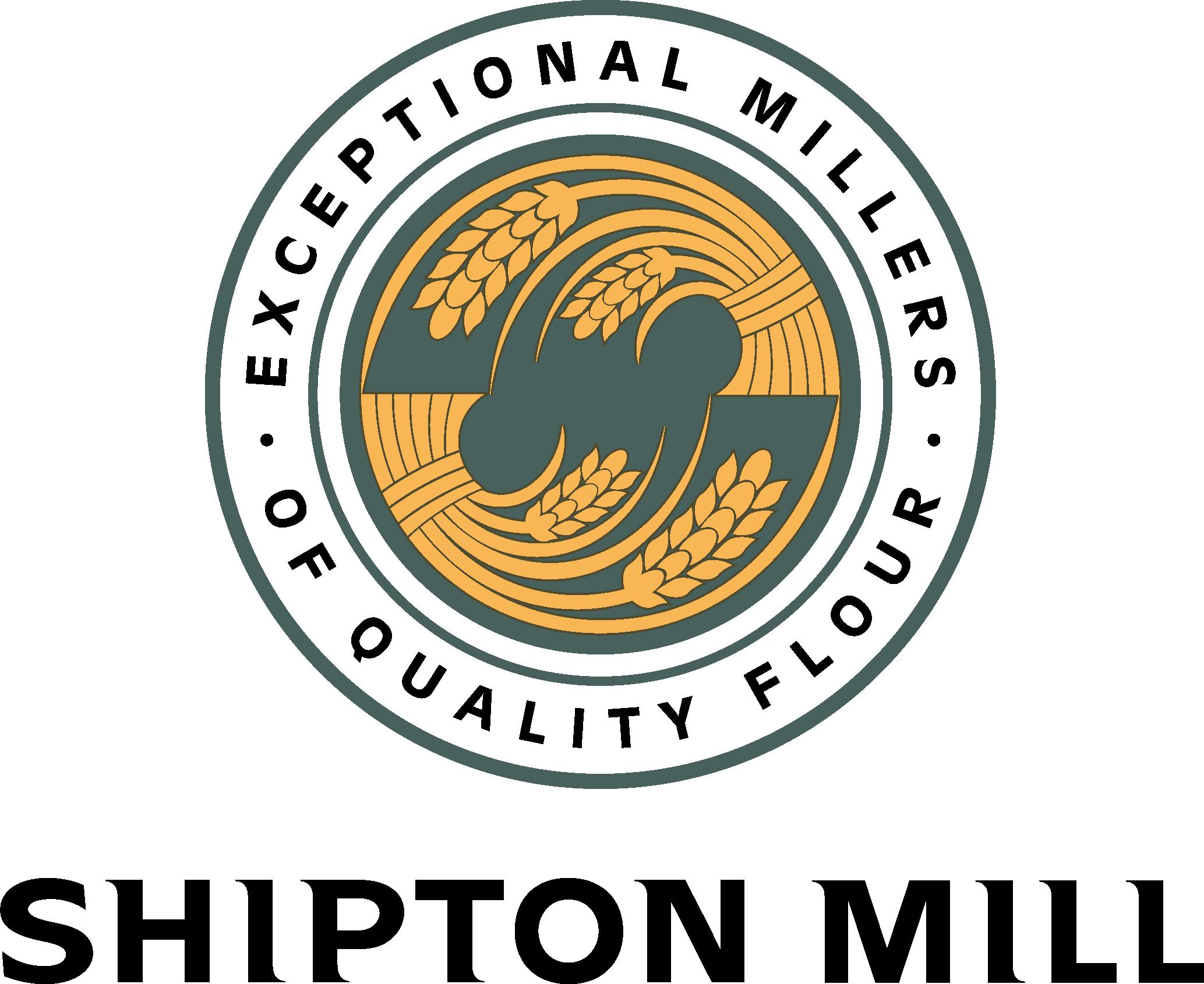It is the gluten present in many types of grains that makes bread rise and holds pastry and cakes together in traditional baking.
Some of the ready-made gluten-free flour blends that can be substituted for wheat are fairly bland in order to be able to encompass a wide range of baking and flavours. However, if you are sensitive to gluten, or just want to explore the alternatives, there are many grains, seeds and nuts to choose from which are full of flavour, for example maize, rice, chickpeas, quinoa, teff, millet, sorghum, chestnut - you just have to know what to do with them.
Gluten-free grains and seeds are often ground and made into flatbreads following traditional recipes and methods in the countries where they grow. There are infinite possibilities to research and flavours and cuisines to experience. But if we want to make gluten-free bread that resembles a traditional yeasted loaf made with yeast, flour, salt and water, we have to do a bit more to produce something appetising, healthy and delicious in the absence of gluten.
Easy once you know how, there are some basic guidelines to follow for baking with gluten-free ingredients. The first thing to know is that it isn’t always possible to substitute a gluten-free flour for wheat flour weight for weight. In a nutshell, you’ll need a blend of at least 2-3 flours, and a binder to replace the gluten that holds everything together.
Strong flours such as buckwheat, quinoa, teff and sorghum work well in bread recipes, but they produce a heavy result in yeasted loaves when used on their own, so we blend them with other gluten-free flours and add some starch to improve the flavour and texture of the bread. The starches we most often use are tapioca, potato and maize - they add lightness and air to the finished product, and can sometimes help to balance the stronger flavours in a gluten-free flour blend.
The role of the binder is to create a structure that can replace gluten and help the yeast to leaven the dough; it can be a plant-based option, like guar gum, linseeds and psyllium husk, it can simply be eggs, or it can be manufactured e.g. xanthan gum.

A large proportion of commercially produced gluten-free baked goods have starch as the major ingredient, they also often contain other additives to provide structure, sweetness and long shelf life. Using whole flours and only a little starch in your recipes will increase the nutritional value as well as give you more flavour, texture and colour.

Home-made gluten-free cakes and pastry are easier than some – they don’t tend to need proving; eggs or plant-based binders do the job of holding the mixture together, and baking powder does the rest. Choosing the right flour helps – rice flour is great in cookies and waffles, cakes and crumble toppings, it has a light, neutral flavour and can be blended with millet and a little starch for a less grainy texture. Chestnut flour is naturally sweet, high in protein, and works well in cakes and bread, pancakes and waffles, and it is absolutely delicious used on its own in traditional Italian recipes like Castagnaccio. Maize and chickpea flour have stronger flavours than rice and millet, but are good for their golden colour and versatility, you can use them in both sweet and savoury recipes.

Our philosophy is to keep the recipe as natural, tasty and nutritious as possible by using a wide range of gluten-free flours, and to celebrate the different flavours and textures creatively! Investing in a good cookbook such as River Cottage Gluten-Free by Naomi Devlin really helps to get you started and to demystify the absence of gluten. It has lots of good recipes as well as descriptions of the individual flours and their characteristics. Pick a couple of flours and choose some recipes to get started, transform any rejects into breadcrumbs, discover new flavours and invent new methods, and share the successes with friends or family!
A Selection of our Gluten Free Flours

Centuries of milling

Traditional Grains


















